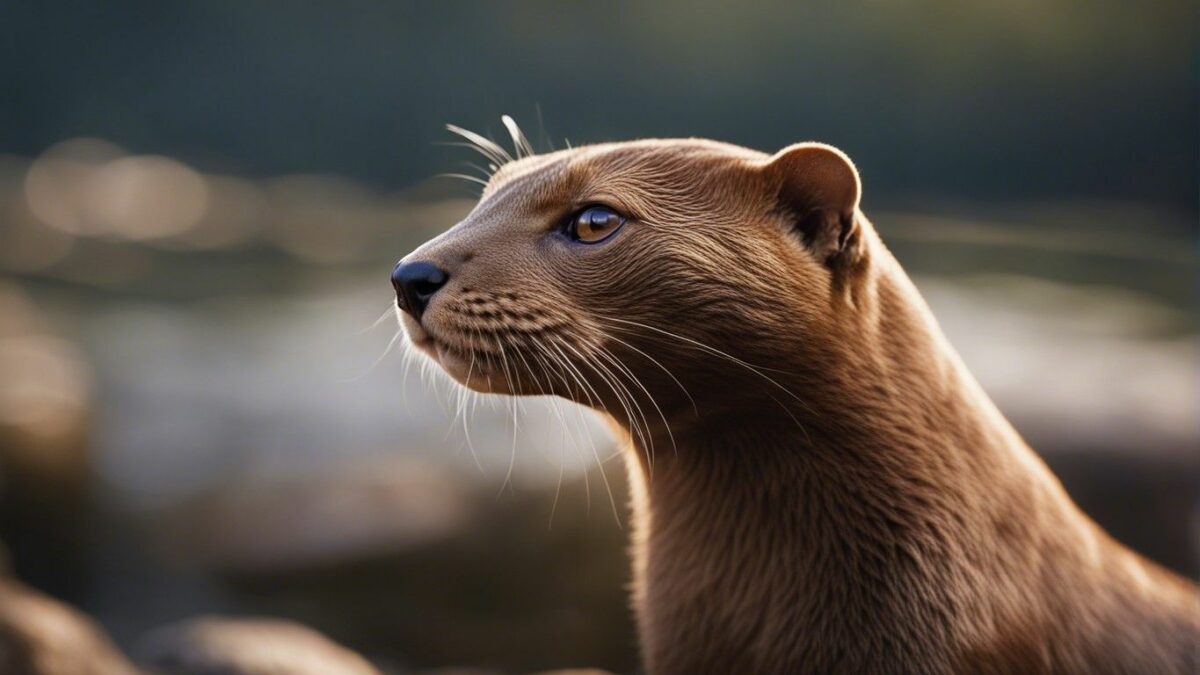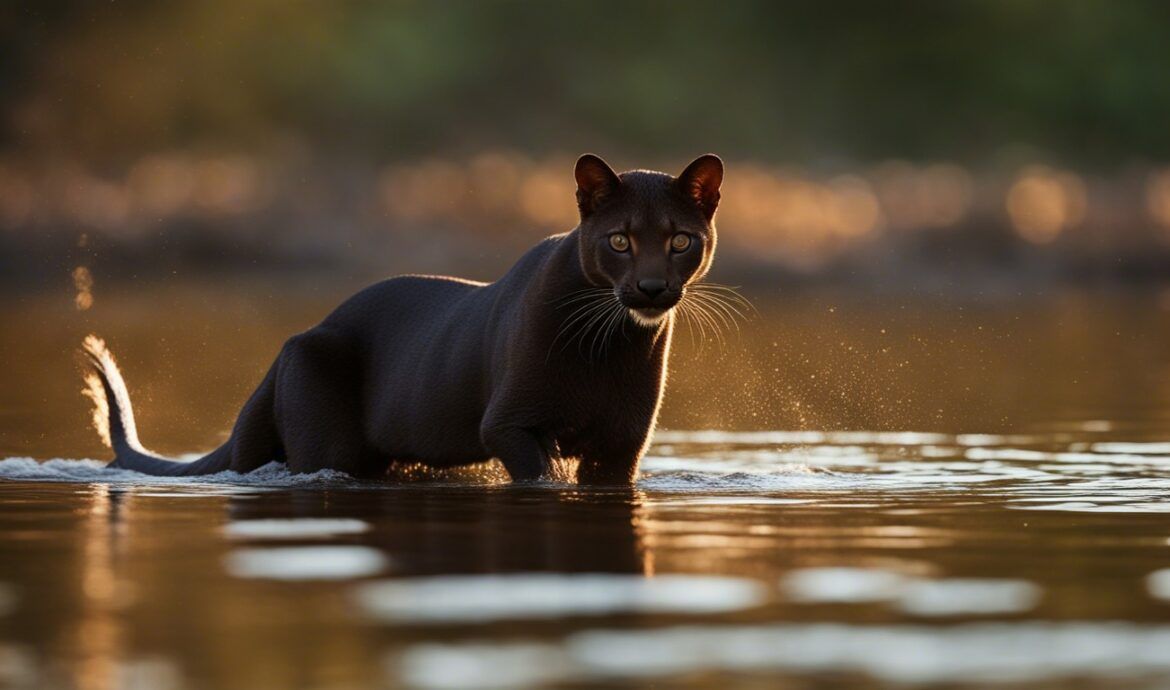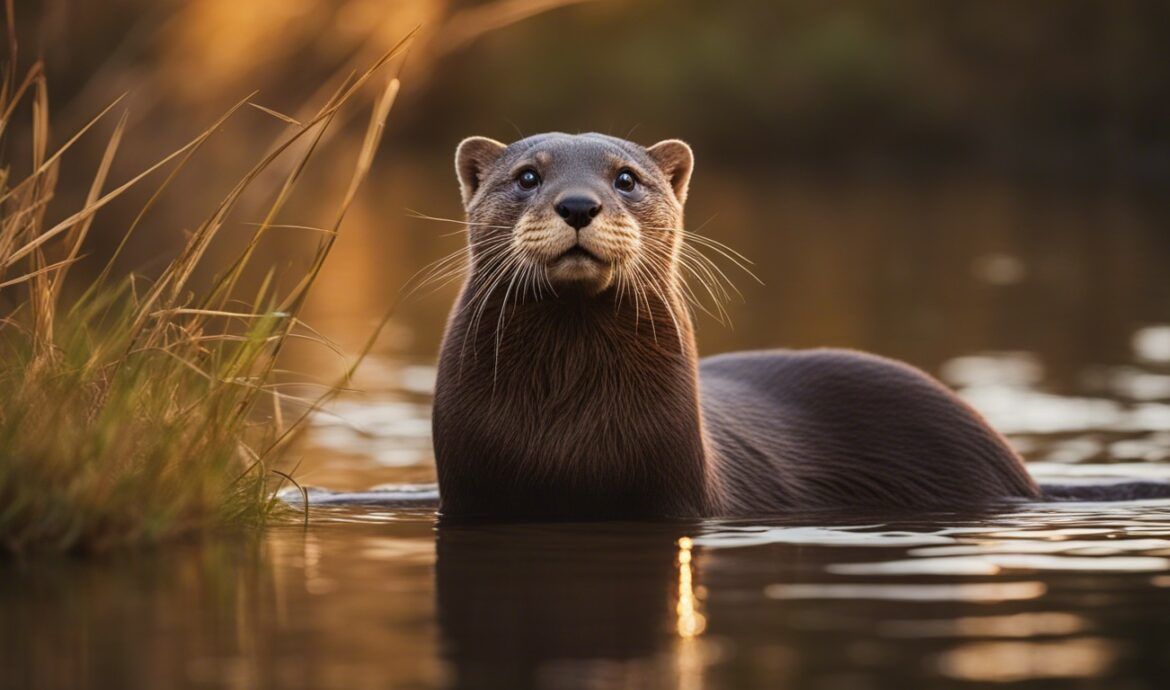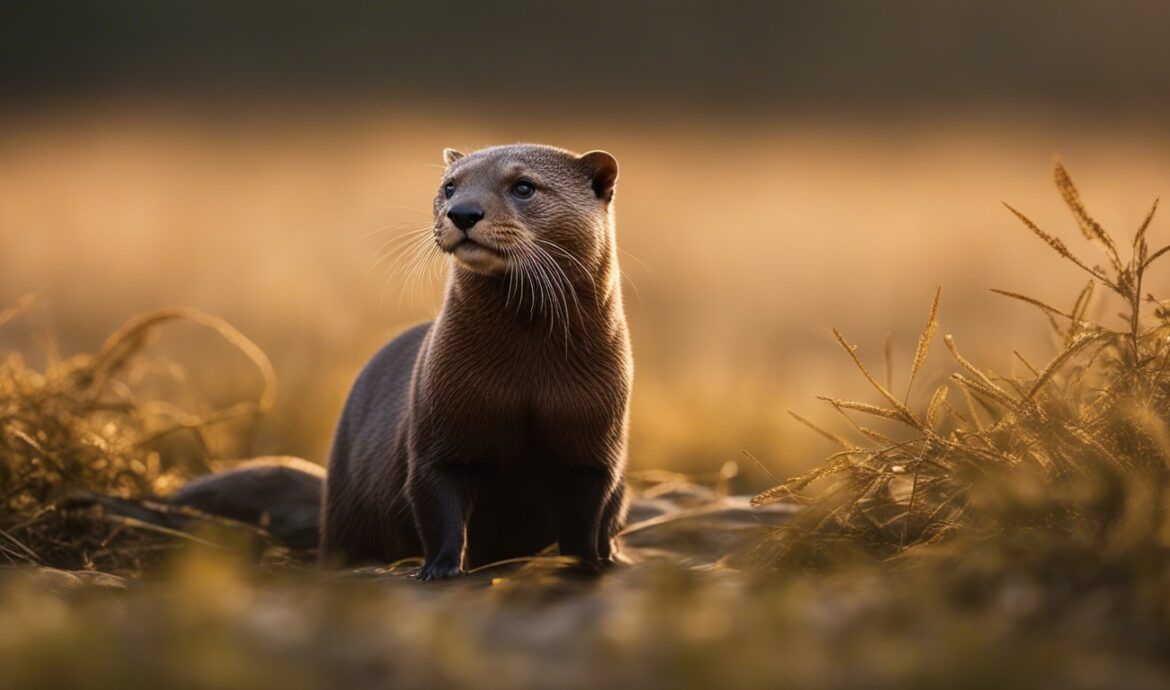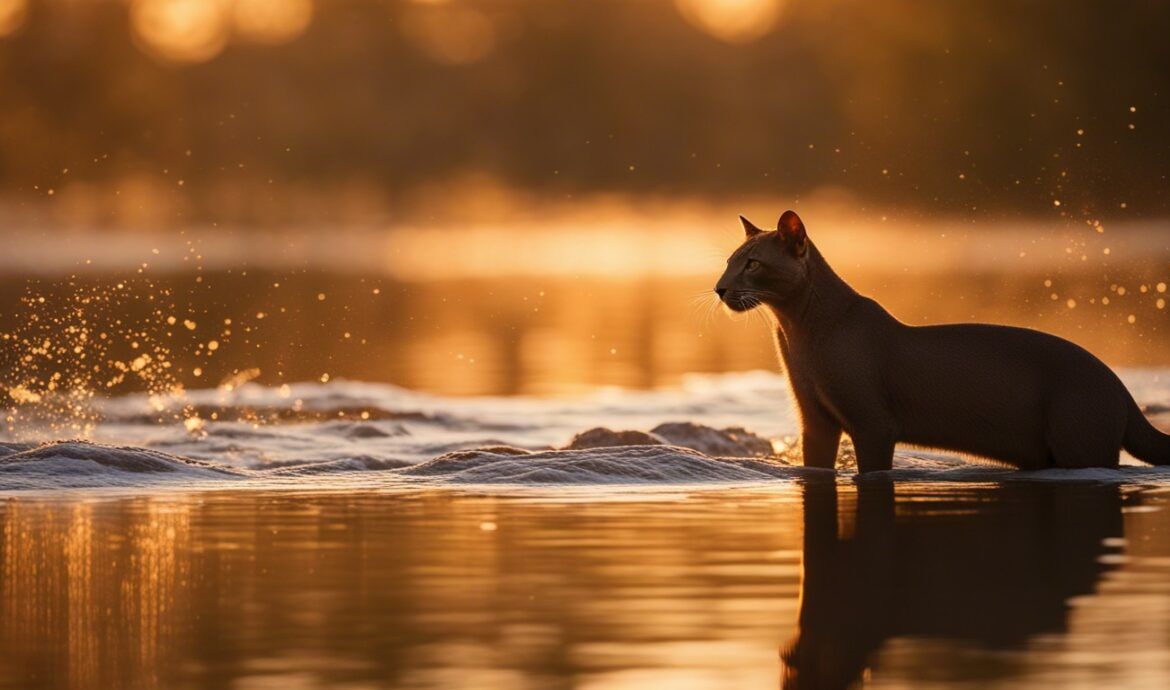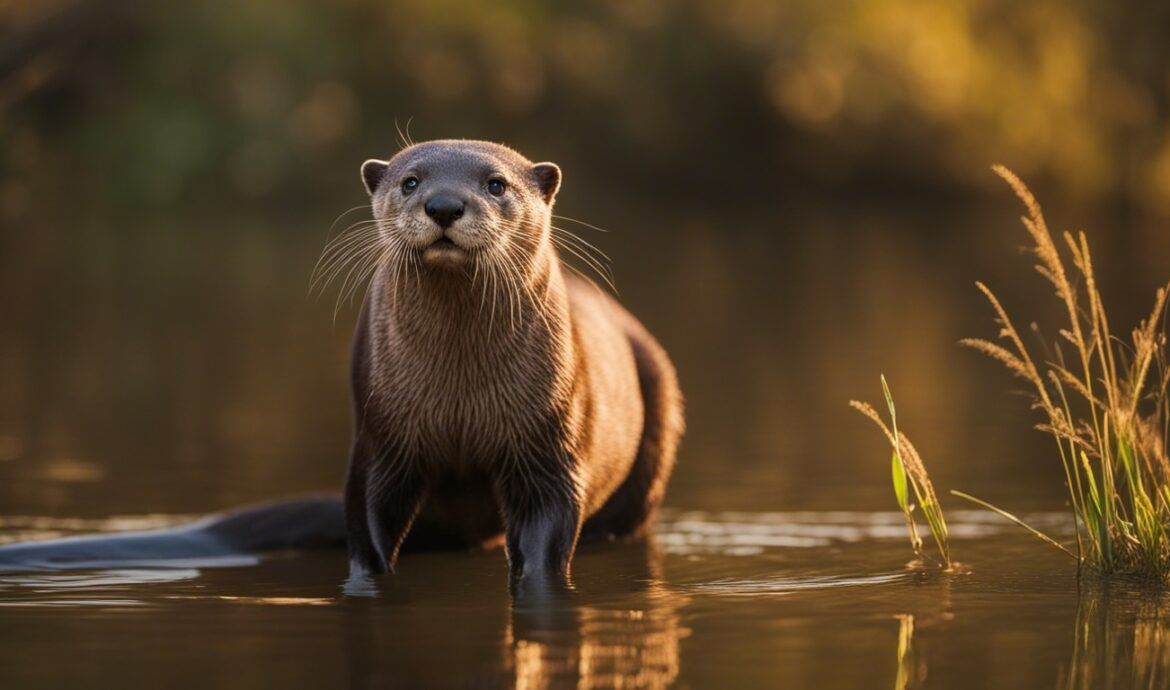What did I just see? If you came here because you think you saw a jaguarundi in the U.S., it’s possible, but it’s more likely this. Click to reveal the mystery animal.
Jaguarundi
Common Name: Jaguarundi
Kingdom: Animalia
Phylum: Chordata (Vertebrata)
Class: Mammalia
Order: Carnivora
Family: Felidae
Genus: Felinae (Felis)
Species: yaguarondi
Sub Species: (herpailurus yaguarondi fossata) Guatemalan Jaguarundi(H.y. cacomitli) gulf coast jaguarundi (H.y. panamensis) Panamanian jaguarundi (H.y. toleteca) Sinaloan jaguarundi
Misc: While Jaguarundis are not native to the south-eastern United States, it is believed that a feral population exists in Florida, established from an introduced population of escaped pets in the 1940’s. They were reported to be quite easy to “tame” by early Central American natives, and were used to control rodent populations around villages. Today, it is not recommended to keep these or any other wild animal, as pets. Jaguarundis are one of the only felines to not have contrasting colors on the backs of their ears.
Size and Appearance: The jaguarundi is unique in its appearance among the felids in that it more closely resembles a weasel. They have slender, elongated bodies, short legs, a small flattened head, long “otter-like” tail, and a sleek, unmarked coat. Adults can weigh as little as 6 pounds or as much as 20. They stand 10-14 inches at the shoulder, and reach a length of 35-55 inches. Coats occur in 3 main color variations: black, brownish-grey, or red. Any or all colors can occur in a single litter, but generally the darker colors are usually found in the rain forest, while the paler color is found in the drier environments. The red color was once considered a separate species – F. eyra.
Habitat: A cat of the lowlands, not generally found above 6500 ft., Jaguarundis occupy a wide range of both open and closed habitats – from dry scrub, swamp and savannah woodland to primary forest. The factor used to determine habitat suitability is access to dense ground vegetation. Of all of the New World felines, Jaguarundis are the most adaptable in its ability to occupy diverse environments.
Distribution: Northern Mexico, Central and South America, Texas and possibly Florida.
Reproduction and Offspring: After a gestation of approximately 70-75 days, females produce a litter of 1-4 kittens. Like cougars and lions, newborns are spotted, and the spots soon disappear. They begin to take solid foods around the age of 6 weeks, and attain sexual maturity between 24-36 months.
In captivity, Jaguarundis have lived up to 15 years.
Social System and Communication: Jaguarundis are known to be solitary or travel and forage in pairs. They have a wide variety of vocalizations, with 13 distinct calls having been documented.
Hunting and Diet: Their primary diet is quite varied and is comprised of small rodents, rabbits, armadillos, opossums, quail, wild turkey, reptiles, frogs, fish and domestic poultry. They have also been recorded eating fish stranded in puddles.
Principal Threats: Generally not exploited for trade, they are still caught by traps that were intended for commercially valuable species. They are notorious for raiding domestic poultry and have become nuisance animals and threatened by farmers because of it. Their biggest threat is habitat destruction and human encroachment.
Status: CITES: Appendix II, Central and North American populations Appendix I. IUCN: Not listed.
Felid TAG recommendation: Jaguarundi (Herpailurus jaguarondi). Jaguarundis are uncommon in zoos, and the founder size of most zoo-held populations is only two individuals. Unless a significant number of founders are obtained from range countries, the captive population is probably not viable. Therefore, the TAG recommends this species for Phase-Out in North America. At the Annual AZA Conference (September 1999), the following four species were recommended by the Felid TAG to be ‘down-graded’ to a Phase-Out populations. For the jaguarundi, tigrina, and Geoffroy’s cat, these recommendations were made because of limited space available, the limited number of founders in these populations, and limited potential for acquiring additional founders.
Information reprinted With Permission from the IUCN Wild Cats Book.
See Conservation Work Funded By Big Cat Rescue here:
All conservation insitu work: https://bigcatrescue.org/insitu/
